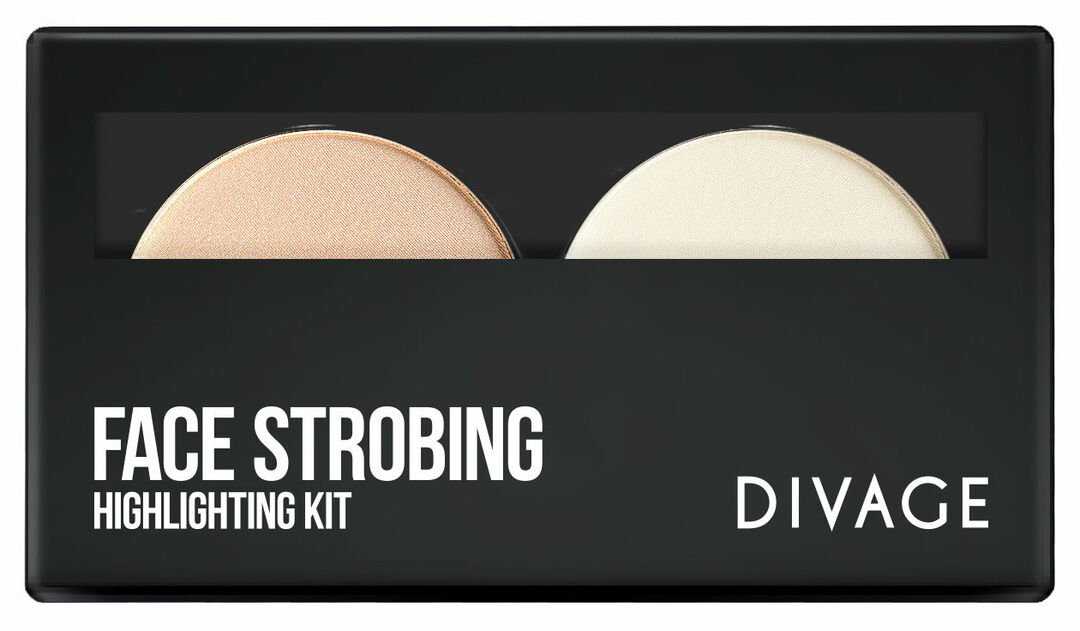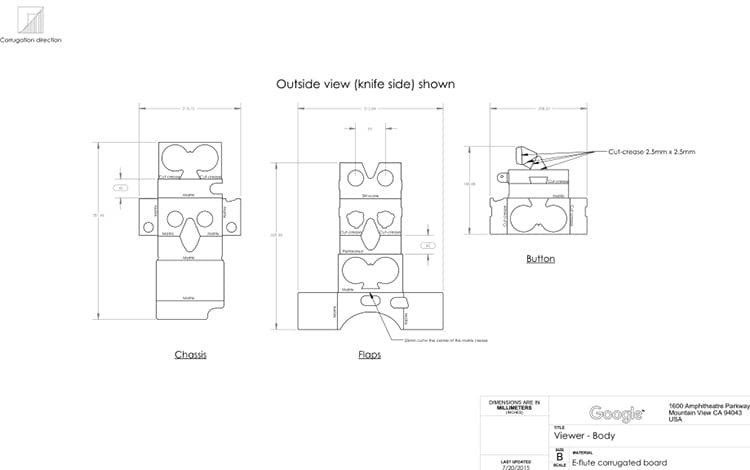
- How do I fill a sewing machine?
- Bobbin winding
- Threading thread
- Threading in Podolsk
- Overlock
Sewing machine is a useful purchase if you know how to use it properly. The very first and simple thing that is necessary to get started is to figure out how to properly thread the sewing machine with a thread. Inexperienced users find it difficult to learn how to handle bobbins and tensioners the first time, but if you take into account the advice of more advanced housewives, then everything will turn out.
to the contents ↑How to refill the sewing machine?
When refueling any sewing machine, follow the instructions and observe the safety instructions.
General recommendations:
- Be sure to disconnect the device from electricity. Otherwise - you can accidentally press the pedal and injure your fingers.
- Read the instructions for using the device. Usually manufacturers specify how to fill the sewing machine of your model, as well as all the technical nuances of not only this process.
- If there are stickers with diagrams on the typewriter - learn them as well, they are designed to help beginners understand how to insert a thread into the sewing machine on their own.
Important! The main part of sewing machines is filled with two steps: winding the threads and threading the machine.
To get started, you will need:
- sewing device;
- spool with thread;
- bobbin.
Let's consider step by step how to make a dressing machine.
to Contents ↑Bobbin Winding
The bobbin is a small coil that feeds the thread from the bottom. This option implies a few simple steps.
Steps:
- We release the needle. To do this, the side screw must be fully turned. This is an indispensable measure so that when you install the thread, do not accidentally touch the hand with a needle.
- We take out the bobbin. To do this, open the plate, which is directly under the needle, and remove the spool from the mechanism. Note that the thread must not be wound around the spool.
- Install the coil. On the top of the machine are pins. At the longest, you need to put a coil. The setting is done so that the thread unwinds counter-clockwise.
- Pull the thread. For this step, you need to pull it through the tension disc. If the machine has a circuit, then you can act according to her instructions.
- We are reeling. Next, a thread is wound around the bobbin for two or three circles.
- Installing the bobbin. On a short pin on top of the machine set the bobbin and fix it.
- Start winding. This step involves connecting the device to the network. Next, the thread is held for a few seconds and released for winding. Depending on the configuration of the machine, it is possible to press the pedal or the special button. If the inner end of the thread sticks out, it must be carefully cut off.
- End of winding. Then the pedal is pressed again until the thread is completely wound up. Most often, the machines themselves stop the winding, but it is better to track in addition: the thread must be so much that the coil can safely fit and turn in the mechanism.
- Take it off. At the end of the winding, the lock pin is pushed aside, the bobbin is removed and the thread connecting it to the coil is cut off.
- Then the spool should be placed in a special metal container for it, and thread under the spring.
Important! Remember that the thread in the hood should be taut. Adjust the tension by using a special screw on the hood. But be careful: if you strongly unscrew the screw, it can accidentally slip out and get lost.
The upper thread must then be threaded into the needle of the sewing machine.
to the contents ↑Threading the thread
If you have learned how to wind a bobbin, the next thing to do is to learn how to thread the sewing machine with the upper thread. The procedure is simple, if you treat it with care. Work also implies a series of actions.
Steps:
- We put the needle in place, while the coil remains at the top, and the bobbin needs to be reached and opened.
- We remove the thread from the bobbin.
- Put the bobbin in place so that the thread goes counter-clockwise during rotation. Thread must be easy to stretch.
- We fill the thread from the spool. To do this, the thread, which is at the top, is pulled through the upper thread guide. On new machines, arrows should indicate where and in which direction it is necessary to pass it. If the arrows are worn out or missing, you can refer to the instructions or find a small metal part from above, from the side of the needle.
- We pull the thread. Then the thread is pulled through the bottom along the arrows, and returned upward, to the second part of the thread guide. At the same time, the thread pattern should make a path in the form of the letter U.
- Thread the thread in the tension lever. It is threaded into the tensioning mechanism and again sent down, this time to the needle.
- Insert the upper thread into the eye of the needle and pass through the foot located below the needle. The tail of the thread must be directed in the opposite direction from it.
- Pull out the bottom thread. To do this, we hold the tail of the top, and turn the wheel a little to our side, until the tail appears on the top of the thread from the bottom. Once it can be picked up, pull it up a little manually.
Important! For sewing machines of rotary type, threading will be different. With the refueling of new machines there should be no problems, as manufacturers supplement the devices with schemes and instructions.
The old devices may have difficulties. Let's consider an example of filling a sewing machine "Podolsk".
to content ↑Threading in Podolsk
This sewing machine belongs to the 2M class, and can be hand or foot operated. Rarely, but there are even electric models.
Important! The machine is already practically a rarity, and the price for its repair considerably exceeds the purchase of a new one. But the quality of assembly and the ability to sew dense fabrics is not inferior to modern models. Many housewives have kept these devices in excellent working order, and still use them.
The design of Podolsk can differ in details, but the basic principle of their work is the same.
Recommendations for care:
- In order to avoid breakdowns, adjust the device correctly.
- Check how the needle is installed.
- Periodically check how fasten the fasteners securely.
- Always lubricate machine parts.
Another important factor for the long use of the machine is its correct filling.
We fill the upper thread:
- Raise the needle with the side wheel.
- Install the coil on the rod from above.
- Thread the thread through the first thread guide.
- We lower the thread under the tension regulator and wind it into the spring loop.
- We stretch the thread upward, we insert into the eye of the yarn guide.
- We start for the second, and after - and for the third thread guide.
- Insert the thread into the needle.
- Put the yarn guide lever on top.
We fill the lower thread:
- We wind the thread on the bobbin and insert it into the metal cover.
- We fill the thread under the tension spring.
- Put the bobbin in the shuttle.
- Pull the thread upward.
- We wind both threads under the presser foot.
If you have any questions about how to fill the sewing machine, you can always refer to the instructions for your sewing machine.
to the contents ↑Overlock
Even with experienced housewives, it is often difficult to refill the overlock. The difficulty here is that if it is wrong to refuel and skip at least one link, the overlock will skip the thread, respectively - form unnecessary loops.
Important! To fill the thread in the overlock, the best option is to refer to the scheme for your model. It is easy to find such schemes on the Internet.
From the general recommendations it is necessary to take into account:
- The thread must pass all loopers, be sure to lie between the plates of its tensioner. There are times when it jumps out and remains lying on top - then it needs to be refilled.
- If the thread is threaded correctly, and the overlock sews with loops, it is possible that dirt is trapped between the plates. In this case, it is necessary to clean the hammered space.
- For filling an overlock it is more convenient to use tweezers, as it is not always possible to reach the desired place manually.
Important! When refilling a 4-thread overlock, it should be remembered that two left tensioners are used for the needles. The remaining two use looper threads. At the same time, for the left needle the leftmost tensioner is intended, for the right one - the next one.
If you thread the machine correctly or the overlock is already half the battle, then you should learn the basics of working with the device, do not forget about the good mood, and you can start making the most incredible things!



